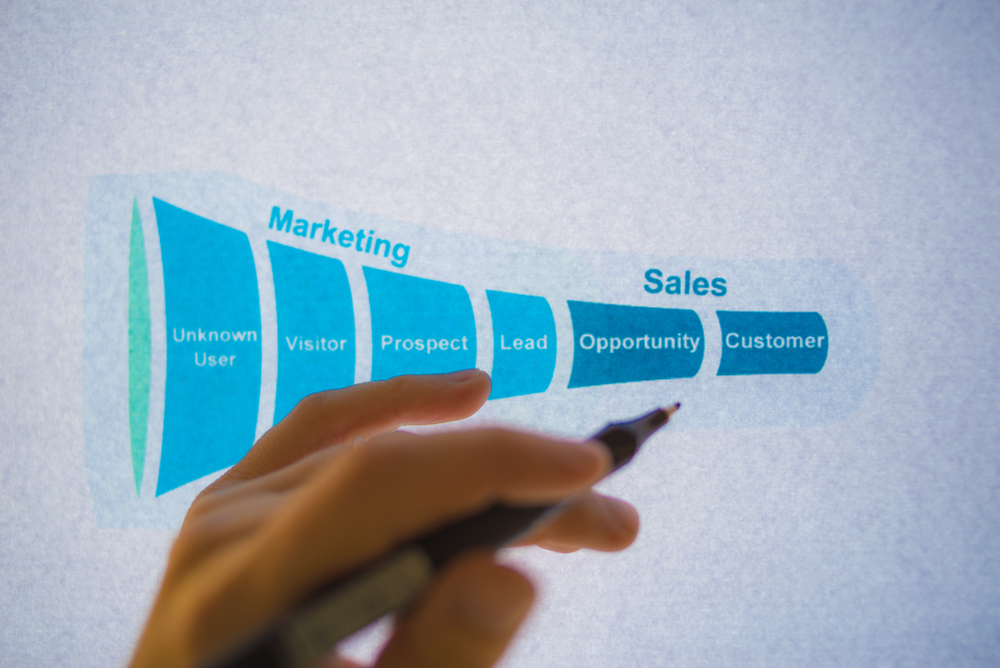Content marketing is more than just creating blog posts or social media updates—it’s about guiding your audience through a journey that transforms interest into action. That journey is structured around what’s known as the Content Marketing Sales Funnel, a strategic approach that maps content to each stage of the buyer’s decision-making process. When done correctly, this funnel not only builds trust but also drives measurable business results. Whether you’re just getting started or refining your strategy, understanding the funnel can unlock smarter content planning and better conversion rates.
What is a Content Marketing Sales Funnel?
The content marketing sales funnel outlines the journey your audience follows from initial brand discovery to making a purchase or completing a desired goal. It’s typically broken into three main stages:
Top of Funnel (Awareness) – The goal is to grab attention and educate.
Middle of Funnel (Consideration) – Nurture leads by offering value and building credibility.
Bottom of Funnel (Decision/Action) – Help your audience make a decision and convert.
Each of these stages requires a unique type of content that aligns with your audience’s mindset and needs.
Stage 1: Creating Awareness at the Top
At the top of the funnel, potential customers may not even know they need your product or service content marketing yet. Your role is to attract their attention and provide educational content that introduces their problem—and your solution.
Content marketing types for this stage include:
Blog posts
Social media content
Infographics
Explainer videos
Educational podcasts
The key is to focus on broad topics that spark curiosity or solve early-stage problems. For instance, a fitness brand might publish a blog titled “5 Signs You Need a Personal Trainer” to attract readers new to the ideas of fitness coaching. This is where your Content Marketing Sales Funnel begins: creating interest and establishing trust.
Stage 2: Nurturing Consideration in the Middle
Once someone is aware of your brand, it’s time to build a relationship. In the consideration stage, your audience is evaluating options and deciding whether you’re the right fit.
Effective content for this stage includes:
Case studies
In-depth guides or ebooks
Webinars
Comparison articles
Email newsletters
This is the moment to demonstrate your authority and build credibility. Content should be more specific, addressing common questions, offering solutions, and showing how your product or service has helped others. For example, a content marketing software company might offer a downloadable whitepaper titled “How Our CRM Helped Businesses Boost Retention by 30%.” It not only adds value but subtly positions the brand as the best choice.
Stage 3: Driving Action at the Bottom
At the bottom of the funnel, your prospect is ready to take action—but they might still need a final nudge. Content here should eliminate doubts, reinforce benefits, and provide an easy path to conversion.
Content types at this stage include:
Free trials or demos
Testimonials and reviews
Special offers or discounts
Detailed product/service pages
Personalized email campaigns
The goal is clear: convert interest into action. Use persuasive language, trust-building social proof, and compelling calls-to-action to seal the deal. Let’s say a coaching service offers a limited-time free consultation to users who’ve already downloaded an ebook. That’s a great example of using content to drive conversion at the bottom of the Content Marketing Sales Funnel.
Optimizing the Funnel with Analytics
One of the biggest advantages of a content marketing funnel is that it’s measurable. Using tools like Google Analytics, HubSpot, or Mailchimp, you can track which content is performing best at each stage.
Ask questions like:
Which blog posts attract the most traffic?
Which kinds of emails are generating the highest levels of engagement?
Are users bouncing before reaching decision-making content?
With these insights, you can refine your content, retarget leads, and build more efficient conversion paths.
Repurposing Content for Maximum Impact
Smart content marketers also repurpose content to save time and amplify results. For example:
Turn a high-performing blog into an infographic or video.
Break a webinar into short social media clips.
Combine multiple blog posts into a downloadable guide.
This approach ensures that you have touch points across every level of the funnel without creating everything from scratch.
Conclusion
The path from awareness to action doesn’t happen by accident—it’s built with strategy, intention, and the right content at every stage. A well-designed Content Marketing Sales Funnel not only captures attention but nurtures trust and leads to conversion. Whether your goal is to generate leads, drive sales, or build brand loyalty, this funnel offers a clear roadmap to guide your audience through every step of the journey. By aligning your content to where your audience is in the buying process, you’ll be turning readers into customers and clicks into lasting growth.


